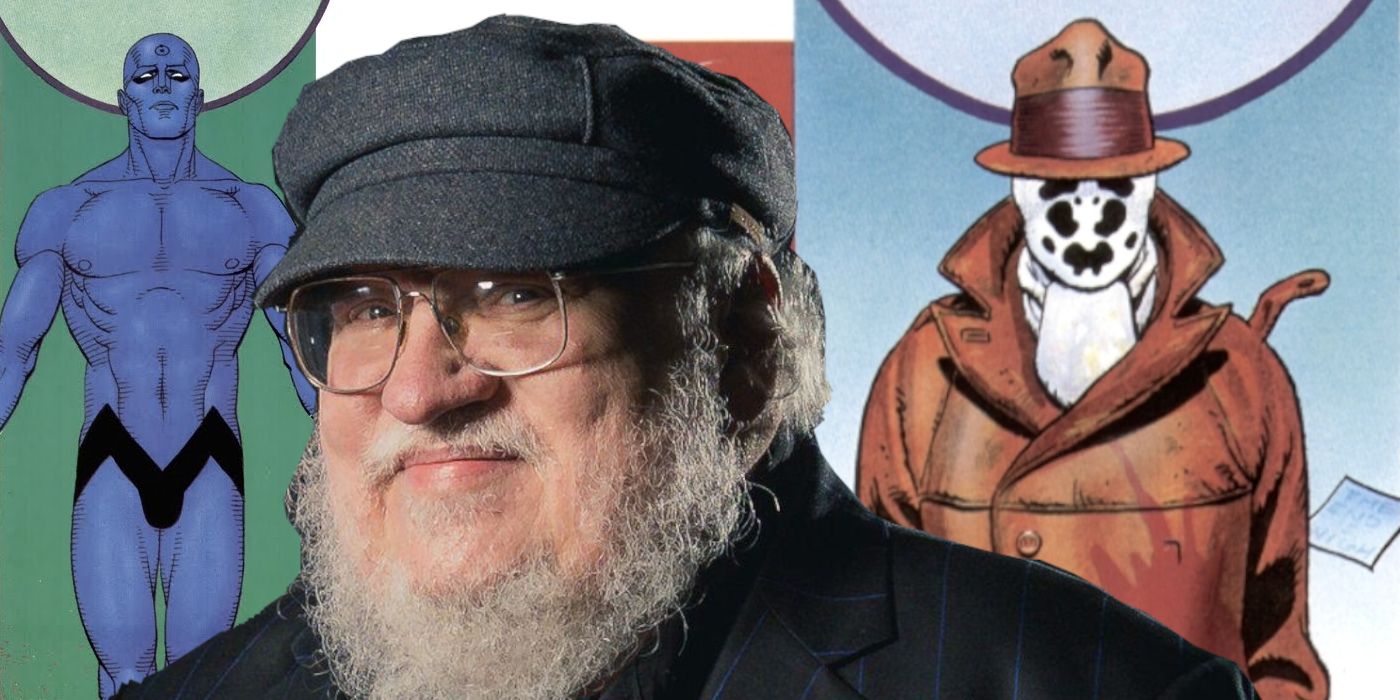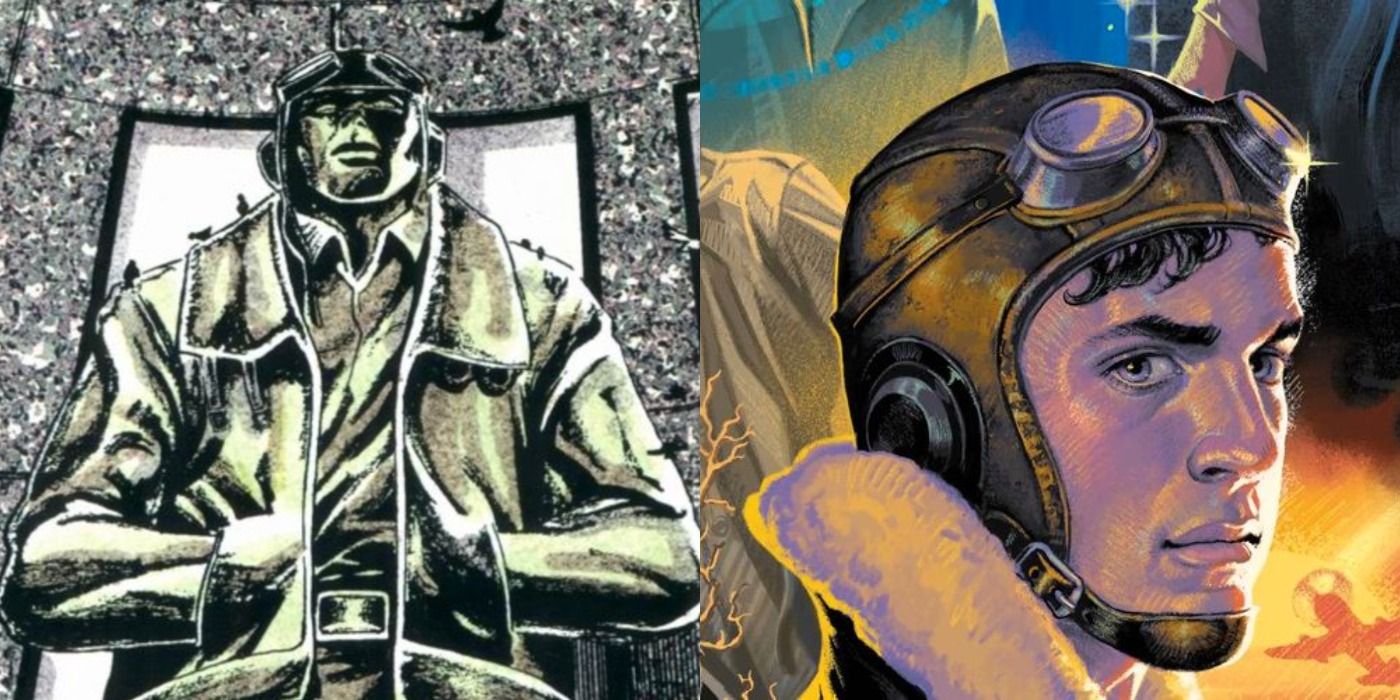While he’s known for writing dark fantasy novels, George R.R. Martin has also applied that approach to superheroes, similar to works like Watchmen. Martin's superhero series is Wild Cards, which has recently been adapted into a comic book series from Marvel Comics.
Beginning life as a role-playing game held between Martin and his sci-fi/fantasy author friends, Wild Cards is long-running series of short story anthologies taking place in a shared superhero universe. With over forty authors contributing to thirty books, the series has been in near continuous publication since 1987. The setting of George R.R. Maritn's Wild Cards depicts a superhero world where an airborne alien virus hits the Earth in 1946. Most people infected with the virus are killed, although the survivors are gifted with superpowers. Those survivors who are left with debilitating physical conditions are called “Jokers,” while the ones who retain their human appearance but gain superhuman powers are dubbed “Aces.” An alternate history of Earth that spans through the end of World War II to modern times, the world of Wild Cards considers what would really happen if a random collection of people where sudden gifted with superpowers; taking a grittier, more adult look at what superheroes would look like in the real world. If that sounds like a certain 1986 comic book series by writer Alan Moore and artist Dave Gibbons, it may not be entirely by accident.
In a 2013 interview with the Nerdist podcast, Martin discusses the series’ origins, and also how it came to parallel Watchmen. “Wild Cards came along at exactly the same time as Watchmen,” Martin says, “(Both) were both kind of reinventing the superhero genre with a large cast of characters.” Martin goes on to elaborate how each project tackled the concept of superheroes in the real world:
“Alan Moore and our writers took very different approaches to it...Moore basically threw out the superpowers; Dr. Manhattan was the only one (who had superpowers). We took quite the opposite approach. We kept the superpowers, but we threw out the costumes...We decided that was the realistic (approach).”
Watchmen and Wild Cards certainly share similar conceits, even though Wild Cards has recently been adapted for comics by Marvel. Both stories are working on the assumption that if someone was suddenly gifted with superpowers, their first instinct wouldn’t necessarily involve going out and fighting crime. But the approaches are distinct. Watchmen looked at a world where an omnipotent being walked amongst mortals, making the otherwise human costumed heroes feel irrelevant. Wild Cards did away with costumes altogether, although many characters still took to adopting colorful names like Jetboy, the Popinjay, and the Great and Powerful Turtle. The effect of having so many characters gain superpowers allowed the series to explore how they would affect the various social and political upheavals of the late twentieth century.
It’s also interesting to compare how both series dealt with alien incursions. The superheroes of Wild Cards all got their power from an alien virus unleashed on the population as an experimental bioweapon for a noble family hailing from the planet Takis. Conversely, Watchmen famously ends with a fake alien invasion staged by Ozymandias to bring humanity together in a new, utopian society. Both hinge on alien contact in relation to the tropes of superhero fiction, it’s just that George R.R. Martin and Watchmen took different ways of getting there. Wild Cards #1 is available now from Marvel Comics.
Source: The ID10T/Nerdist podcast


